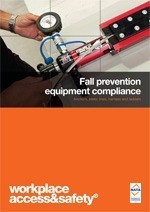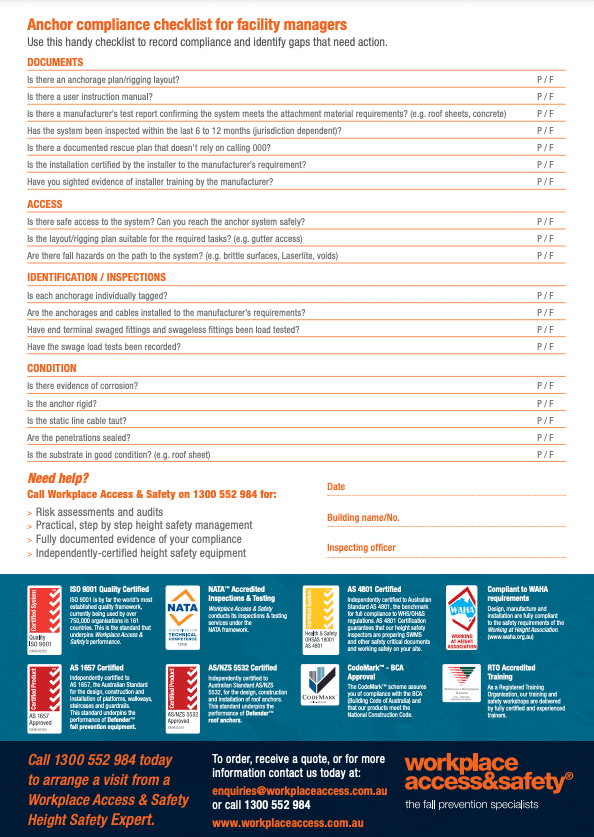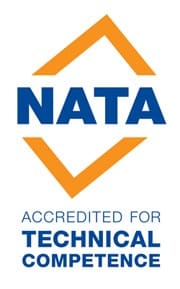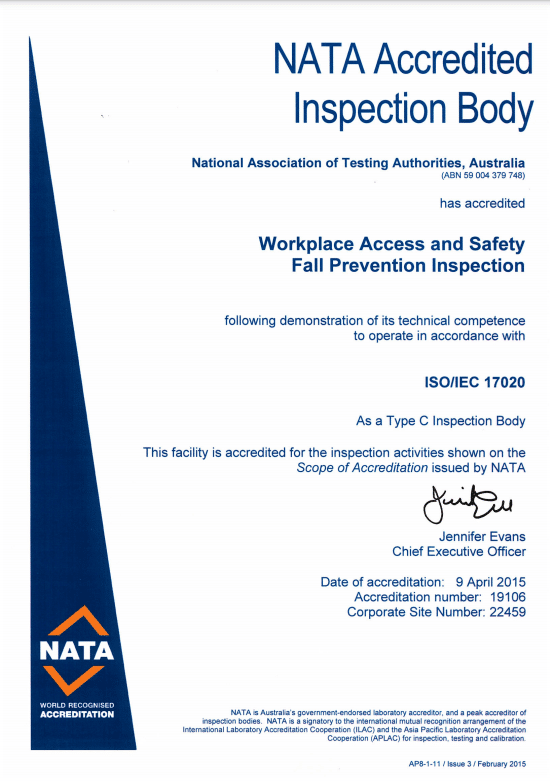Safety Harness and Lanyard Inspection Essential to Keep Your Workers Safe
If you require employees or sub-contractors to work at height, you are legally obliged to do all you can to keep them safe. That includes providing the necessary safety equipment and ensuring that equipment is always in good working order and safe to use.
When safety equipment is first installed, it has to be working perfectly so it can be relied on in all conditions. After that, a regular safety harness inspection is necessary along with a check of all other safety equipment.
Read More
Safety Harness Inspection Requirements
According to Australian regulations and legislation, all safety equipment that is used at height has to be inspected, tested and re-certified every six to twelve months to verify that it is safe to use and is compliant with standards. For a harness and safety lanyard inspection, this has to occur at six-monthly intervals to comply with Australian Standard AS/NZS 1891.1 Part 1: Safety Belts and Harnesses.
When wondering who can inspect safety harnesses, many companies believe they should be able to do the job themselves and save money on a professional inspection. However, that’s not an option because inspection has to be undertaken by a competent third party who is fully trained and accredited. This is necessary to ensure that all equipment is reliable and safe to use.
Here at Workplace Access and Safety, our focus is on ensuring everyone can work safely in potentially hazardous situations. To achieve this, we cover the full lifecycle of all safety equipment, starting with a survey of needs and a safety harness risk assessment.
We install high-quality equipment properly and, after that, provide safety checks at regular intervals that include:
- a visual inspection of harnesses, slings and other equipment to check for wear and tear
- assessment of procedures to ensure they are adequate and there are no issues of non-compliance
- load testing of anchor points and anything else that needs to be safe and reliable.
The Importance of Regular Harness Inspections
Even if you acquire high-quality equipment and have it installed properly, it will deteriorate over time with regular use and possibly harsh treatment. This can result in eventual failure and put your employees at risk, so periodic height safety inspections and re-certification are essential.
Aside from the legal requirements regarding safety harnesses and other equipment, you have a moral responsibility for all your employees and sub-contractors. Regular checks of that safety equipment will assure them that you care about their well-being and will give them confidence when working at height that you have done everything possible to reduce potential dangers.
As well as possible wear and tear on harnesses that can reduce their effectiveness and even make them dangerous, there are also occasional changes to legislation that mean previously compliant equipment is no longer suitable. We always keep up-to-date with the latest regulations so you can be sure you’ll always be compliant. Regular harness testing by our knowledgeable and experienced technicians ensure peace of mind and a safe and compliant site.
Read Less
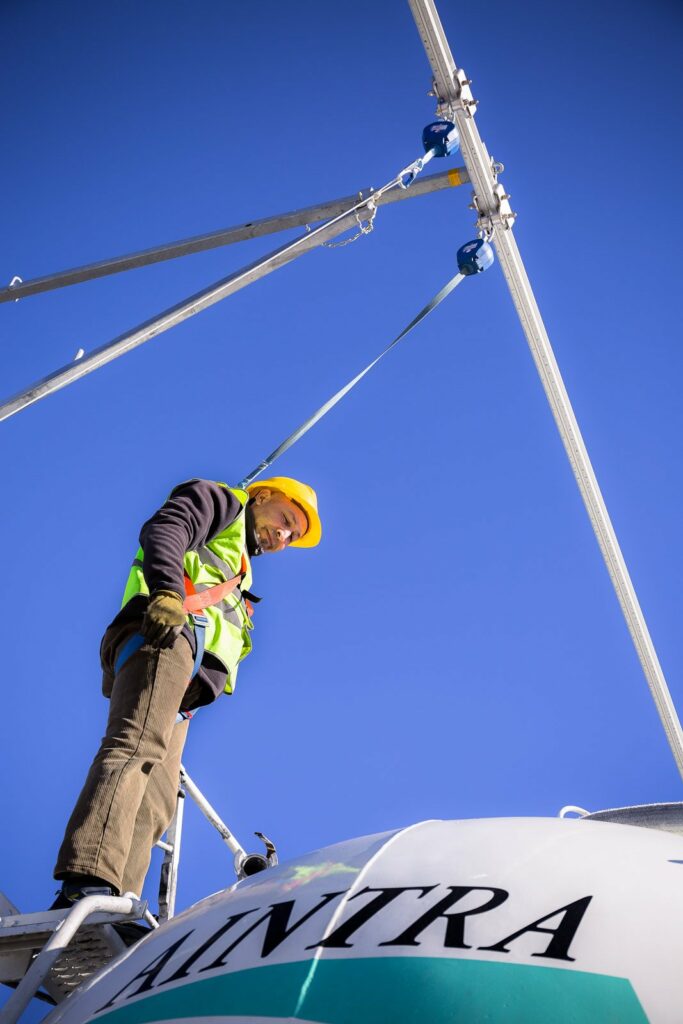
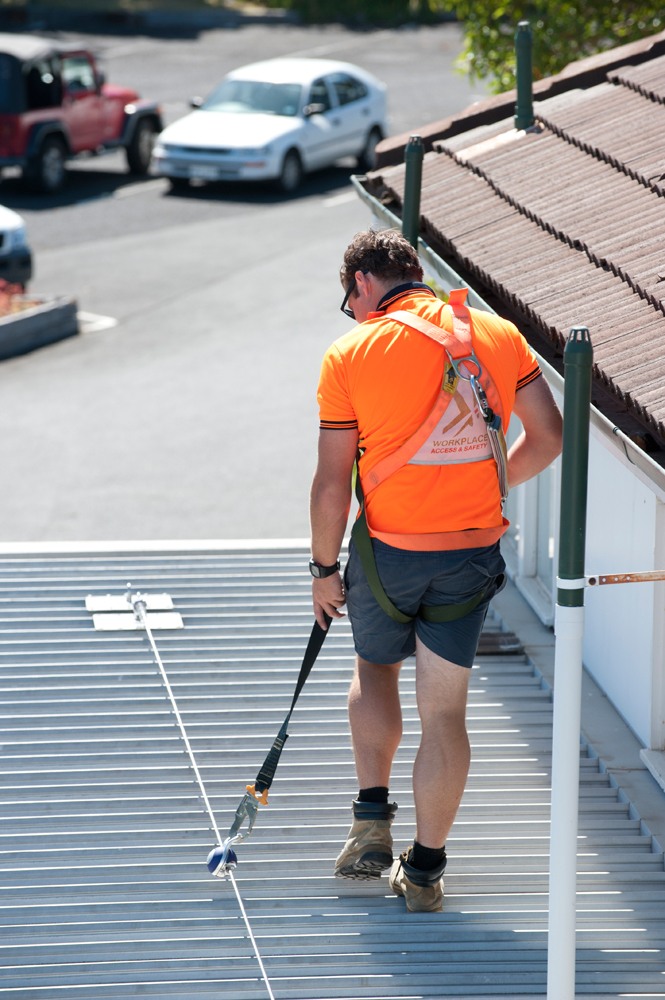
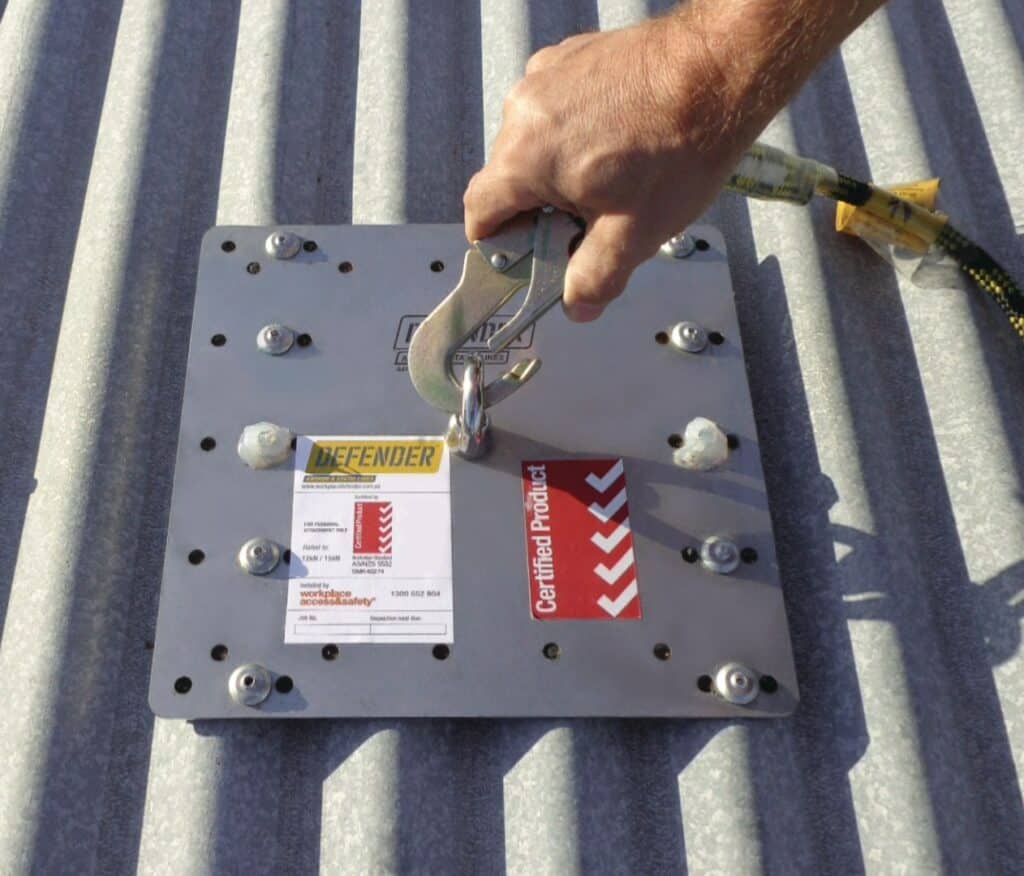
Expert Oversight
Workplace Access & Safety’s inspection services are overseen by the National Association of Testing Authorities (NATA). NATA are recognised by the Commonwealth of Australia as Australia’s national authority for the accreditation of laboratories and the peak body for the accreditation of inspection bodies and proficiency testing scheme providers.
NATA answer “how often should I inspect my height safety equipment?”
Arrange an anchor and static line inspection today
